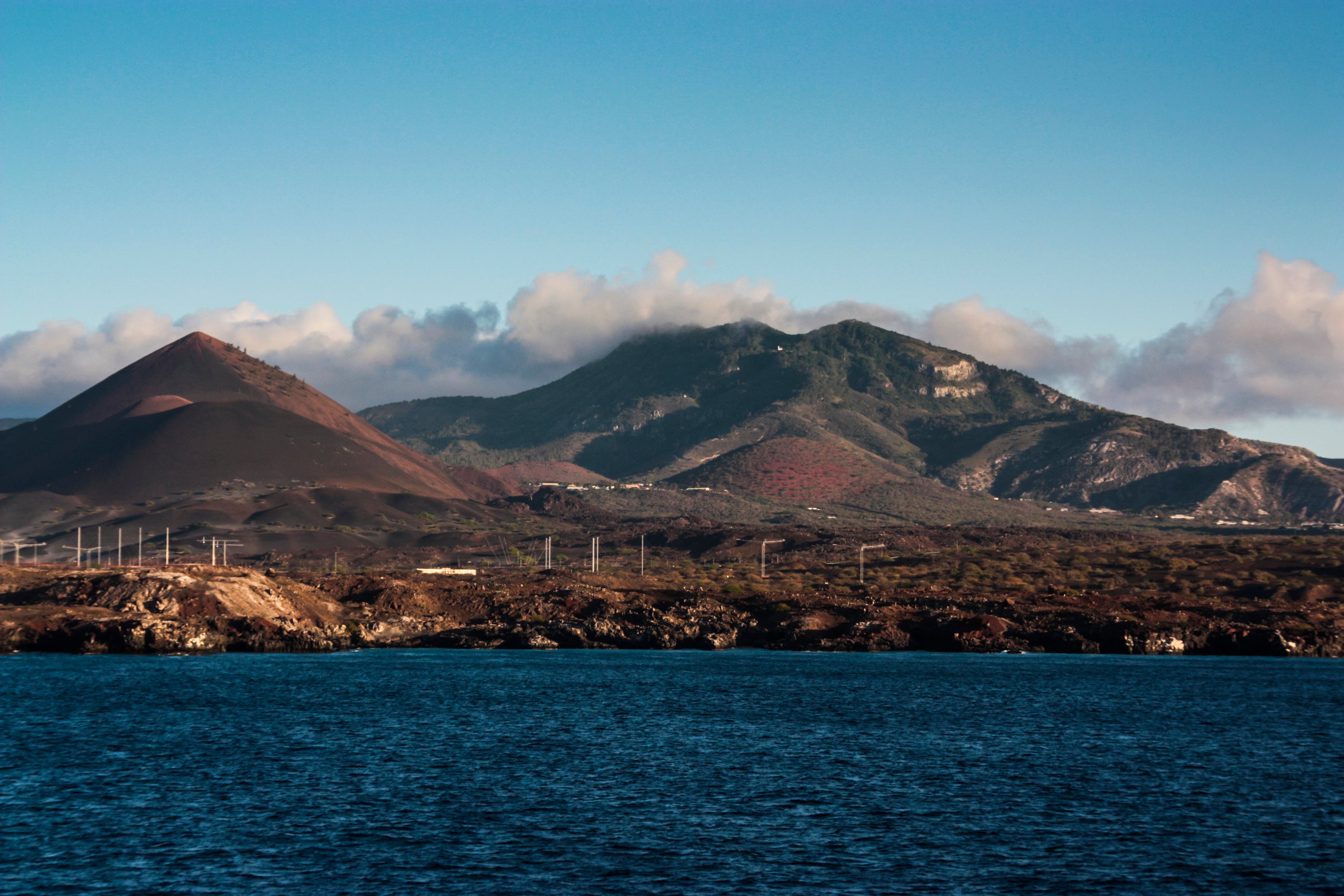Life on Ascension: Children born there have to leave at 18 unless they have a job
Barren, festooned with black rock and satellite dishes, and less than a quarter of the size of the Isle of Wight, the island picked as a possible place to send migrants is rich with wildlife, writes Tricia Hayne. Humans, though, have only ever been temporary inhabitants

From the air, the tiny island of Ascension looks almost lost in the vastness of the South Atlantic Ocean. The tip of a volcano that sits solidly on the seabed some 1.8 miles below, it peeks defiantly above the waves, a stark jumble of red, brown and black rock covering just 34 square miles – less than a quarter of the size of the Isle of Wight.
It’s a daunting, inhospitable-looking prospect, accentuated by the utilitarian airstrip – built by the US in 1942 by agreement with the British government; Ascension is classified as a British overseas territory, in conjunction with St Helena and Tristan da Cunha.
Through the rest of the Second World War, the island played a vital role for US aircraft en route to Europe and Africa and the Middle East, and it proved equally important during the Falklands War in 1982, when it served as a staging post for British military planes. In this huge expanse of water, Ascension remains a valuable asset.
Join our commenting forum
Join thought-provoking conversations, follow other Independent readers and see their replies